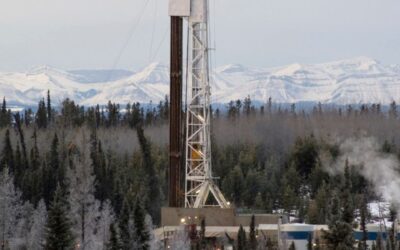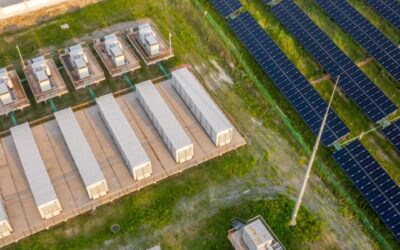Next week, the Institute will release Canada’s Net Zero Future, the first comprehensive scenario report to examine more than 60 potential pathways Canada could take to achieve its goal of net zero greenhouse gas emissions by 2050.
One key finding of that work: on the path to net zero, the need to take decisive action despite uncertainty is the name of the game. And maybe the biggest source of uncertainty—and disagreement—is the extent to which Canada can and should lean on the “net” in net zero.
The net zero equation
Simply put, a net zero Canada means that any remaining greenhouse gas emissions (“gross” emissions) must be offset by efforts to remove carbon dioxide from the atmosphere and permanently capture it (referred to as “negative” emissions). In accounting terms, net zero emissions equal gross emissions minus negative emissions.
There are three main ways to get negative emissions. Each could contribute to Canada’s net zero goal, but they also come with their own challenges.
Option 1: Natural sequestration
“Nature-based solutions” can remove carbon dioxide from the air. In theory, actions such as planting trees, changing agricultural practices, or protecting wetlands can harness nature’s ability to be a net sink for greenhouse gas emissions. Contributions from natural sources to both generating emissions (such as when forests catch fire) and removing emissions show up in Canada’s emissions inventory as land use and land-use changes (LULUCF).
Increasing nature’s capacity to sequester carbon dioxide can have multiple benefits beyond slowing climate change. For example, it can improve resilience to flooding and support biodiversity. At the same time, natural sequestration also raises some tricky questions. How credibly can long-term emissions sequestration be estimated—and how permanent is it? Depending on the details of planting, trees can sometimes be sources of carbon dioxide rather than sinks, and trees planted now can burn or be harvested later.
Option 2: Engineered carbon removal
Technological approaches to carbon removal are another possibility. Squamish B.C.-based Carbon Engineering is developing new direct air capture (DAC) technologies to remove carbon dioxide from the atmosphere and either turn it into fuel or permanently sequester it using carbon capture utilization and storage (CCUS). Bioenergy combined with carbon capture and storage (BECCs) can be net negative on a life-cycle basis by combining the natural sequestration with geological sequestration.
Canada might even have comparative advantage in these kinds of approaches. Alberta industry has extensive experience with enhanced oil recovery processes that are similar to geological emissions sequestration. And Western Canada has substantial, even unique, geological storage capacity.
Still, engineered carbon removal faces significant hurdles as well, particularly around their costs and scalability. For now, direct air capture remains very expensive; significant technological change would be required for it to be deployed at scale. And at the same time, widespread scale-up of net-negative DAC technologies would require really significant infrastructure buildouts, both in terms of air capture facilities themselves as well as pipeline networks to transport carbon dioxide to geological storage sites.
Option 3: International credit trade
Finally, the Paris Agreement also opens to the door to internationally transferred mitigation outcomes (ITMOs). The idea is that countries can choose to transfer “credit” for emissions reductions to another country. If one country is well-positioned to go beyond its Paris goal, Canadian emitters can pay for credit to offset their own emissions. That flexibility can make sense for both sides, and lower overall costs.
There are challenges here, too. The institutional framework for ITMOs isn’t yet complete, though international negotiations continue. Furthermore, demand for ITMOs might quickly outstrip supply. Multiple countries could well be competing for a scarce number of credits. That problem only gets more challenging over time, as all countries start to head toward net zero. As global ambition increases (as climate science suggests it must, to avoid the worst effects of climate change), fewer and fewer credits are going to be available for sale.
Net benefits
Our forthcoming report finds that negative emissions clearly have potential to play a role in Canada’s net zero pathway. At this stage, Canada should be considering all options to get to net zero in a cost-effective way.
But the optimal and realistic scale of negative emissions is a big, outstanding question. Negative emissions can almost certainly help make net zero practical by offsetting the most challenging, hard-to-reduce emissions in our energy system. It’s possible—but not at all certain—that they could also be scaled up to do even more. On the other hand, it’s also possible that credible negative emissions options end up being expensive and scarce, and will be needed in the long-term to go even deeper than net zero as we try to stabilize our climate, rather than offsetting ongoing emissions generation.
The upshot? The possibility that negative emissions technologies could come through doesn’t mean we should put all our eggs in that basket and overlook the importance of strong policy. Uncertainty comes with the territory on the path to net zero, and public and private sector decision makers will need to tackle it head on.
Stay tuned for much more analysis and insight on Canada’s pathways to net zero and how we can design policy to manage uncertainty.





